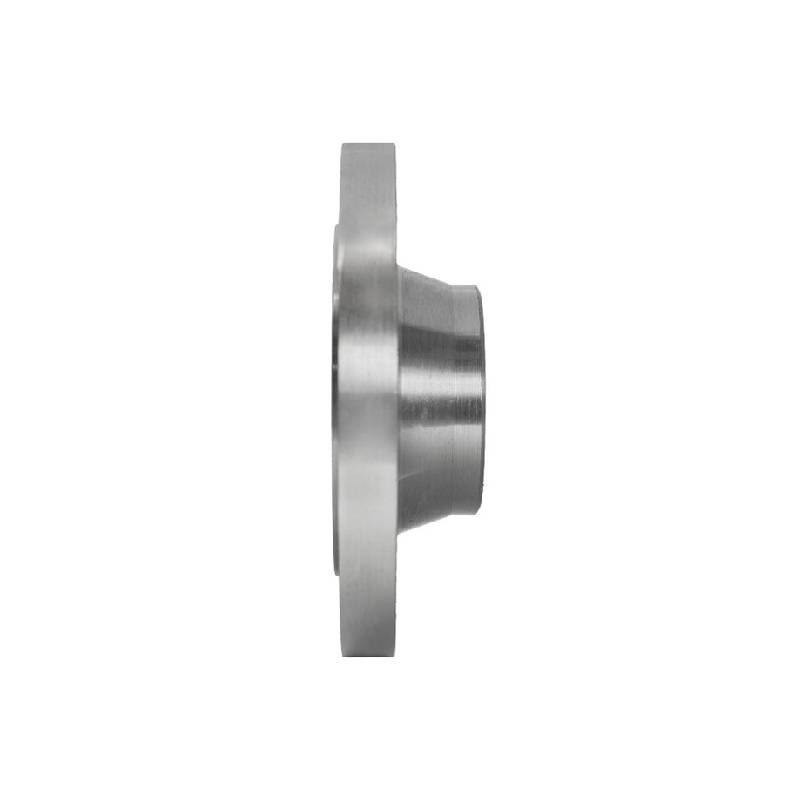-
Cangzhou Yulong Steel Co., Ltd.
-
Phone:
+86 13303177267 -
Email:
admin@ylsteelfittings.com
- English
- Arabic
- Italian
- Spanish
- Portuguese
- German
- kazakh
- Persian
- Greek
- French
- Russian
- Polish
- Thai
- Indonesian
- Vietnamese
- Zulu
- Korean
- Uzbek
- Hindi
- Serbian
- Malay
- Ukrainian
- Gujarati
- Haitian Creole
- hausa
- hawaiian
- Hebrew
- Miao
- Hungarian
- Icelandic
- igbo
- irish
- Japanese
- Javanese
- Kannada
- Khmer
- Rwandese
- Afrikaans
- Albanian
- Amharic
- Armenian
- Azerbaijani
- Basque
- Belarusian
- Bengali
- Bosnian
- Bulgarian
- Catalan
- Cebuano
- China
- China (Taiwan)
- Corsican
- Croatian
- Czech
- Danish
- Esperanto
- Estonian
- Finnish
- Frisian
- Galician
- Georgian
- Kurdish
- Kyrgyz
- Lao
- Latin
- Latvian
- Lithuanian
- Luxembourgish
- Macedonian
- Malgashi
- Malayalam
- Maltese
- Maori
- Marathi
- Mongolian
- Myanmar
- Nepali
- Norwegian
- Norwegian
- Occitan
- Pashto
- Dutch
- Punjabi
- Romanian
- Samoan
- Scottish Gaelic
- Sesotho
- Shona
- Sindhi
- Sinhala
- Slovak
- Slovenian
- Somali
- Sundanese
- Swahili
- Swedish
- Tagalog
- Tajik
- Tamil
- Tatar
- Telugu
- Turkish
- Turkmen
- Urdu
- Uighur
- Welsh
- Bantu
- Yiddish
- Yoruba

Dec . 12, 2024 09:14 Back to list
weld on pipe caps
Understanding Weld-On Pipe Caps A Comprehensive Guide
When it comes to piping systems, safety and functionality are paramount. One often overlooked yet essential component in these systems is the weld-on pipe cap. These fittings play a crucial role in the integrity and efficiency of piping installations across various industries, from oil and gas to plumbing and construction. In this article, we will explore the purpose, application, benefits, and considerations related to weld-on pipe caps.
What are Weld-On Pipe Caps?
Weld-on pipe caps are designed to seal the end of a pipe, effectively creating a closed system. They are typically made of materials like carbon steel, stainless steel, or other alloys, depending on the specific requirements of the application. The primary function of these caps is to prevent the loss of fluids or gases, protect the pipe from external contaminants, and maintain pressure within the system.
Applications of Weld-On Pipe Caps
These caps are used in a variety of settings. In the oil and gas industry, for example, weld-on pipe caps are commonly found on pipelines to secure storage units, preventing leaks and ensuring the safe transport of valuable resources. In construction, they are used to block off pipes that will not be in use for an extended period, shielding the interiors from debris and moisture.
Additionally, weld-on pipe caps are prevalent in water treatment plants, chemical processing facilities, and any industrial operation involving fluid transfer. They are also used in residential applications, such as plumbing systems where certain sections of pipe need to be closed off.
Advantages of Weld-On Pipe Caps
One of the primary advantages of weld-on pipe caps is their durability. By welding the cap to the pipe, a strong and secure seal is created. This prevents any potential leaks, ensuring that the system operates efficiently and safely. Welded connections are generally more robust than threaded or flanged joints, making them suitable for high-pressure applications.
weld on pipe caps

Another significant benefit is the ease of installation. Once the pipe is prepared, welding is relatively straightforward for skilled professionals. This process also allows for a seamless finish, minimizing the risk of corrosion or physical damage that could occur with other types of fittings.
Moreover, weld-on pipe caps can withstand extreme temperatures and pressures, making them ideal for demanding environments. The materials can be selected based on the specific application, further enhancing their suitability for various operational conditions.
Considerations When Using Weld-On Pipe Caps
While weld-on pipe caps offer numerous advantages, there are several factors to consider when using them in a piping system. First and foremost, the quality of the welding process is critical. A poorly executed weld can lead to weak joints, resulting in leaks or system failure. Therefore, employing a qualified welder with experience in pipe fittings is essential.
Material selection is also crucial. Different applications may require caps made from specific materials that can withstand certain chemicals or pressures. For instance, a corrosive environment may necessitate the use of stainless steel caps instead of carbon steel.
Furthermore, it’s important to assess the pipe size and the appropriate cap dimensions. Caps must fit tightly to ensure an effective seal. Incorrect sizing can lead to installation issues and compromise the integrity of the system.
Conclusion
Weld-on pipe caps are a vital component in maintaining the functionality and safety of piping systems across various industries. Their durability, ease of installation, and adaptability to different materials make them an excellent choice for sealing pipe ends securely. However, careful consideration of welding quality, material selection, and sizing is necessary to ensure optimal performance. Whether in industrial settings or residential applications, understanding the role and benefits of weld-on pipe caps can significantly contribute to the success of piping systems and the overall safety of operations.
Latest news
-
ANSI 150P SS304 SO FLANGE
NewsFeb.14,2025
-
ASTM A333GR6 STEEL PIPE
NewsJan.20,2025
-
ANSI B16.5 WELDING NECK FLANGE
NewsJan.15,2026
-
ANSI B16.5 SLIP-ON FLANGE
NewsApr.19,2024
-
SABS 1123 FLANGE
NewsJan.15,2025
-
DIN86044 PLATE FLANGE
NewsApr.19,2024
-
DIN2527 BLIND FLANGE
NewsApr.12,2024
-
JIS B2311 Butt-Welding Fittings LR/SR 45°/90° /180°Seamless/Weld
NewsApr.23,2024











